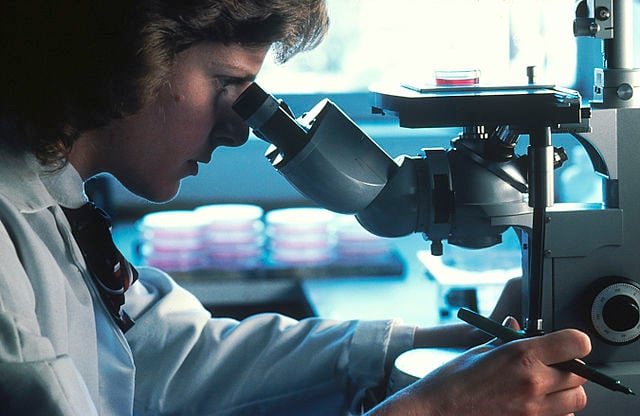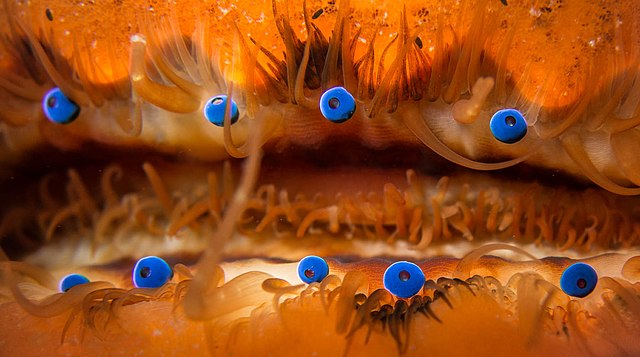
A group of researchers has found a way to turn a telescope into a microscope, inspired by the unique eyes of a sea creature. They accomplished this by modifying the mirrors and lenses used in certain types of telescopes.
This new kind of microscope can now be used to see samples floating in liquid, including the inside of transparent organs. The design allows for high magnification while still retaining enough light.
This innovation could greatly benefit scientists who study tiny structures such as axons that connect neurons in the brain or individual proteins and RNA molecules inside cells. The ability to achieve high magnification is crucial for this type of research.
Kimani Touissant, an electrical engineer at Brown University, expressed excitement about this discovery. Even the most basic tool, such as a lens, can still inspire new ideas and further advancements.
This microscope could be particularly useful in Touissant’s work, which involves using lasers to create patterns in gels that act as scaffolds for cells that mimic collagen.
Addressing the Issue of Light Scattering
When scientists use microscopes to magnify small samples, they face a challenge called light scattering. This can cause the image to blur and become dim, making it difficult to study.
Traditionally, scientists have tried to overcome this issue by covering the sample with a thin layer of liquid and then dipping the lens into it. However, this method is expensive and requires different lenses for different types of liquid.
Inspiration From Scallops’ Eyes
Fabian Voigt, a molecular biologist at Harvard University, came up with a new design for microscopes by studying the eyes of scallops. Unlike most animals, scallops’ eyes don’t have retinas that send images to the brain.

Instead, their eyes have hundreds of tiny blue dots, each with a curved mirror at its back. This design reflects light back onto the creature’s photoreceptors to create an image.
Voigt, who has been an amateur astronomer since he was a teenager, realized that this design was similar to the Schmidt telescope, which uses a curved mirror to magnify far-away light from exoplanets.
By adapting the mirror’s design, using lasers for light, and filling the space between the mirror and the detector with liquid to minimize light scattering, Voigt created a new kind of microscope. This design can be used to magnify small samples while retaining image quality.
Potential Applications of the New Microscope
The new microscope uses a curved mirror design that allows for a simpler and more flexible process of preparing samples. This new design could be particularly useful for researchers studying organs or entire organisms that have been made transparent.
The researchers tested their prototype on various transparent samples, including muscles in a tadpole’s tail, a mouse brain, and an entire chicken embryo. These images were reported to be as clear as those achieved with conventional optical microscopes, despite using a simpler design.
The new microscope could be especially helpful to researchers looking to map the entire mouse brain, as well as those studying RNA molecules within neurons. The mirror design allows for easier imaging through any kind of liquid, giving researchers greater flexibility in how they prepare their samples.
Adam Glaser, an engineer at the Allen Institute for Neural Dynamics, praised the new design and called it a wonderfully efficient and creative way to do science.
See all the latest news from Greece and the world at Greekreporter.com. Contact our newsroom to report an update or send your story, photos and videos. Follow GR on Google News and subscribe here to our daily email!



